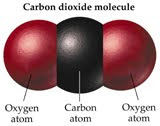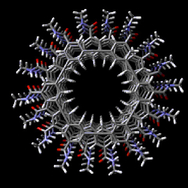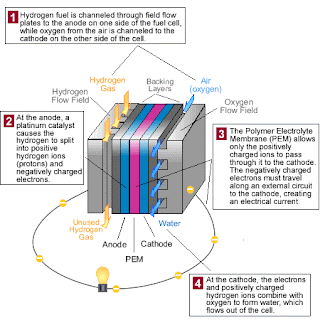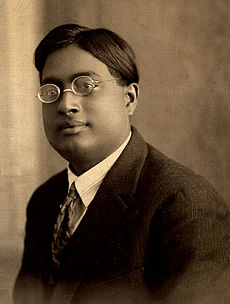Don't want to start no mess, but then again.......but I will say don't shoot the messenger. You know how selective we can be in searching the Internet. We steer around the knuckleheads, dingbats and the weirdos as fast as a mouse click. And then I came across a researcher named Joseph Atwill who has shocked the bejibers out of me. Said the New Testament and other biblical books were entirely or partly written by Josephus Flavius and/or his family. Well, in any case all you folks who claim Hebrew origins plus that the bible is your book, you need to weigh in. But the real sticking point is what happened to all the various parties involved between 60 AD and 325 AD. The Roman government, the Hebrews, the so-called Christians, and the Jews (distinct from the Hebrews). To think a family of Jewish/Roman aristocrats who were also wordsmiths, concocted a tale that has deluded the whole world for 2000 years. The idea was to make a passive Jewish hero to stem the tide of a militaristic Hebrew culture that would not bow to Caesar (the god). The end result was a compromising Israel, Hebrews killed and scattered and the birth of Christianity (the Roman religion).
This would be simple if Rome didn't have a habit of looting and burning libraries across Europe and North Africa. All non-Rome supportive literature had to go. So there is a huge vacuum of recorded histories for that time period. But it just so happens that the Flaviuses one of whom is Josephus, just happens to be the Roman govs chief historian. What?, he wrote the battle plan into the text of the NT (as an autobiography and prophecy), then recorded the play by play (the wars of the jews)!! And some aftermath stuff to boot.
The power of the story upon the unassuming masses? OK check out Joseph Atwill's 'Caesar's Messiah and the True Authorship of the New Testament. Both downloadable as PDF files. One thing is a story as a tool of control even to the empire level. The other thing is the truth hidden and misaligned. You are suppose to have blind accepting faith, unquestioning, unwavering, the Caesar said so, he after all is God in the newer part of the book. But the Jews who left Jerusalem and fled into Africa and only have the Torah even after all these years, are they.........? who said a pen is mightier than a sword? or was that the s-word?











